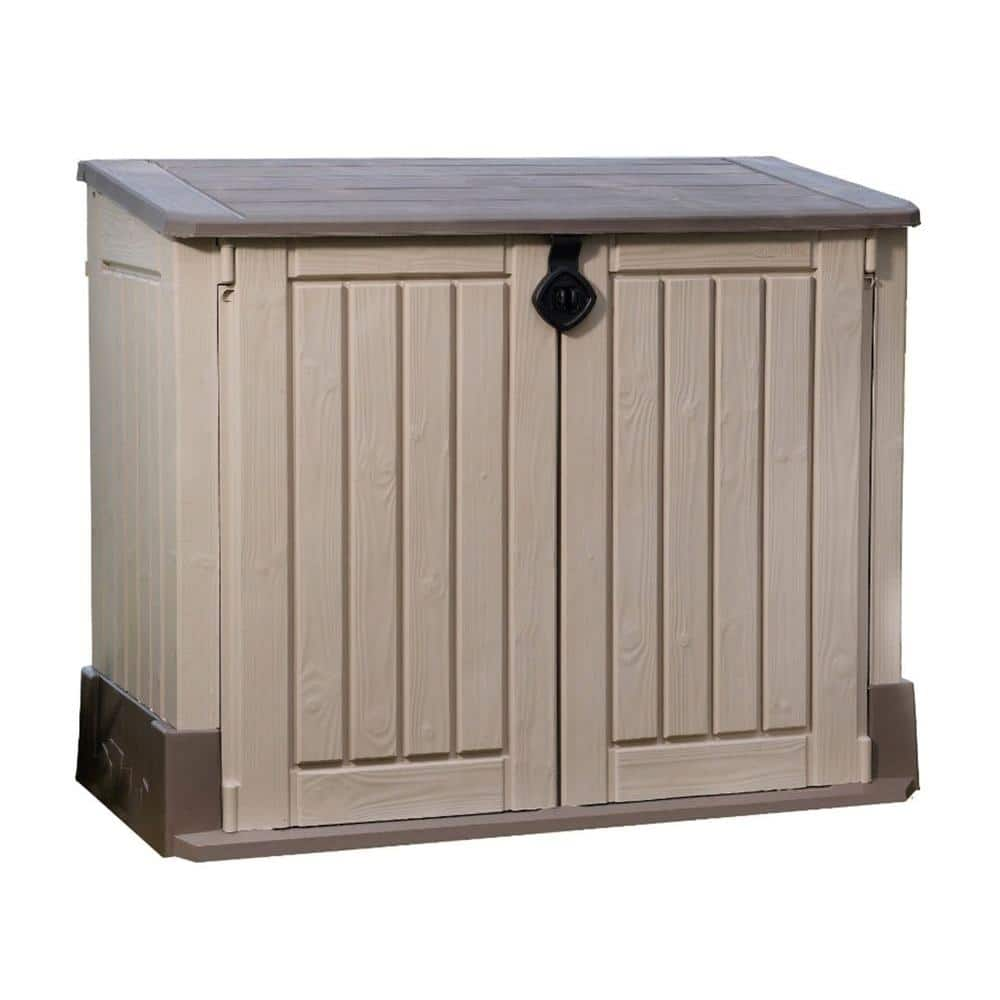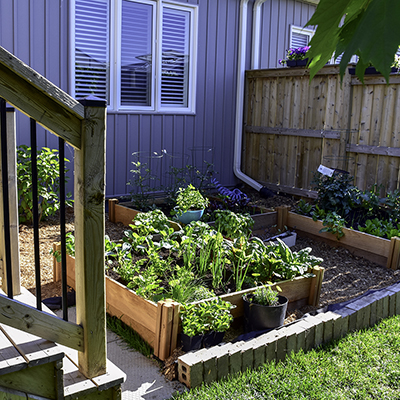Pesticide Storage Solutions

Last updated September 7, 2023
Proper pesticide storage protects your family and pets from accidentally coming into contact with dangerous chemicals. Store pesticide products in a secured storage area accessible only to those who are trained to use them. This guide outlines how to store pesticides and presents pesticide storage solutions to keep them secure when not in use.
Table of Contents
What is a Pesticide?
General Pesticide Safety
Storage Requirements for Pesticides
How Much Storage Space Do I Need for Pesticides?
Best Types of Storage Units for Pesticides
Storage Site Locations for Pesticides
What is a Pesticide?
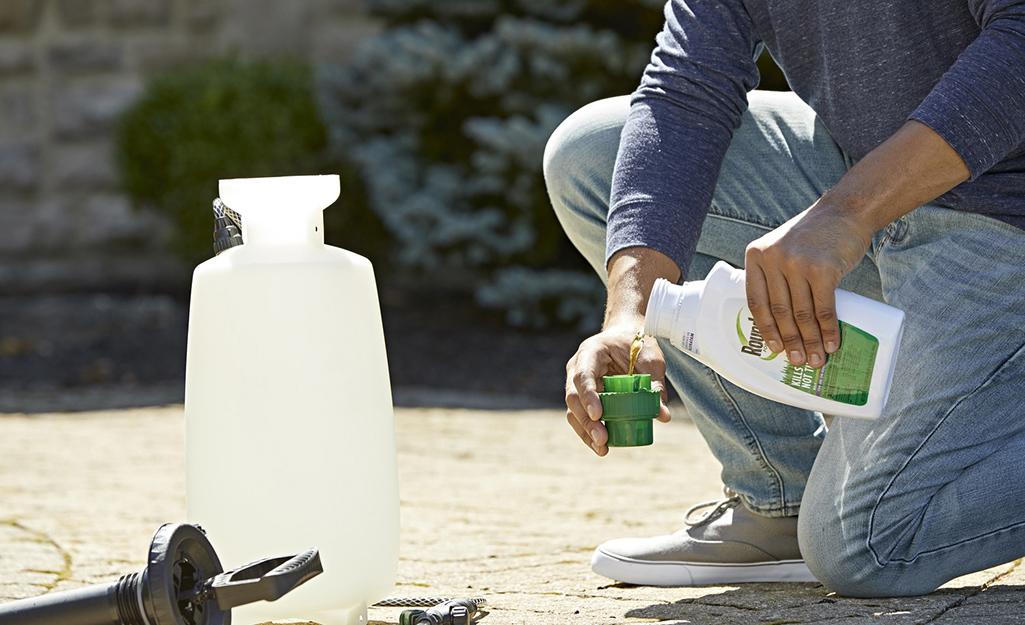
According to the EPA, a pesticide is defined as any of the following:
- Any substance or mixture of substances intended for preventing, destroying, repelling or mitigating any pest.
- Any substance or mixture of substances intended for use as a plant regulator, defoliant or desiccant.
- Any nitrogen stabilizer.
Pesticides contain active ingredients that are harmful to people and animals if ingested. Continuous exposure to pesticides can cause a number of health effects. Pesticide products must be handled with care and stored properly for the safety of your family and pets.
General Pesticide Safety

These safety guidelines cover home and garden pesticides for weed and pest control. Restricted-use pesticides have an entirely different safety protocol and are not available for purchase or use by the public.
- Select the proper product. Different types of pesticides, herbicides and insecticides are designed to target specific weeds and pest management. Buy the pesticide with the active ingredient needed to target the specific pest or weed.
- Only buy or mix enough pesticides for the short-term to eliminate the need to store and dispose of excess pesticides.
- Pesticides are not meant for long-term storage.
- Read the product label. The pesticide label listing has important information for safe pesticide application, storage and disposal.
- Wear protective clothing such as a long sleeve shirt, pants and closed-toe shoes before preparing or applying pesticides.
- Mix pesticides in a well-ventilated area.
- Make sure children or pets and other non-essential people are not in the area before mixing and applying pesticides.
- Have paper towels, sawdust or kitty litter, garbage bags and latex gloves on hand to safely clean up a pesticide spill.
Storage Requirements for Pesticides
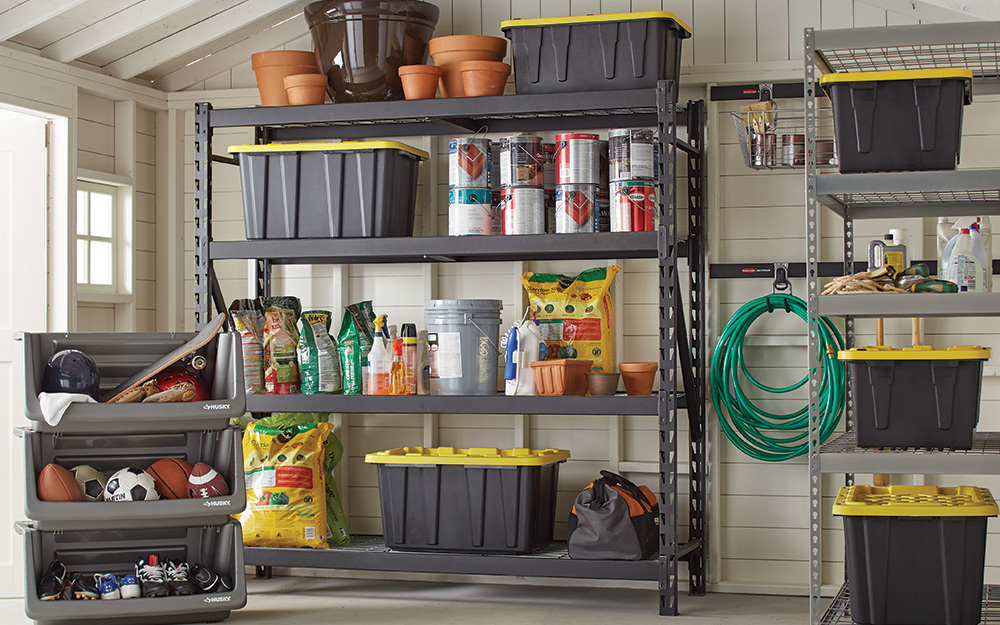
Each type of pesticide has specific storage requirements. Consult the pesticide label for the recommended storage requirements. Here are some general storage requirements for most pesticides:
- Temperature: Most pesticide labels call for storage in a “cool, dry” area. The temperature inside the storage area should not get below 40 Fahrenheit or over 100 Fahrenheit to keep the chemical from freezing or overheating. Extremes in temperatures cause the chemistry of pesticides to change and damage the container.
- Light: Keep pesticide containers out of direct sunlight. Exposure to sunlight may cause pesticides to break down and become ineffective.
- Humidity: The storage area needs to be dry. High humidity causes dry pesticide formulations to clump and cake, which makes them unstable and dangerous. Metal and cardboard containers are especially sensitive to humidity.
How Much Storage Space Do I Need for Pesticides?

Keep the storage space for pesticides as small as you can. This discourages buying more than you need. The storage facility should be only large enough to hold what you absolutely need.
Best Types of Storage Units for Pesticides

The best storage is a detached, portable structure. Here are some other considerations to take into account when shopping pesticide storage cabinets.
- Cabinets should be made of nonabsorbent materials (metal or plastic, not wood).
- A lip or leak-proof plastic trays protect shelves.
- Doors should have a lock and key.
- The storage unit should be placed on sealed, nonabsorbent floors (sealed concrete or epoxy-coated metal or concrete).
Storage Site Locations for Pesticides

The best storage site for your pesticides should be in an area that will not be flooded or near water.
- Select a site with little runoff to prevent contamination of surface waters in case of a leak or spill.
- Place the storage cabinet at least 100 feet away from surface water, downslope from wells or any water supply, animal shelters or feeding areas and dwellings.
- Keep the storage area at least 12 inches above the immediate ground level. This prevents moisture from being absorbed into stored products.
How to Dispose of Empty Pesticide Containers
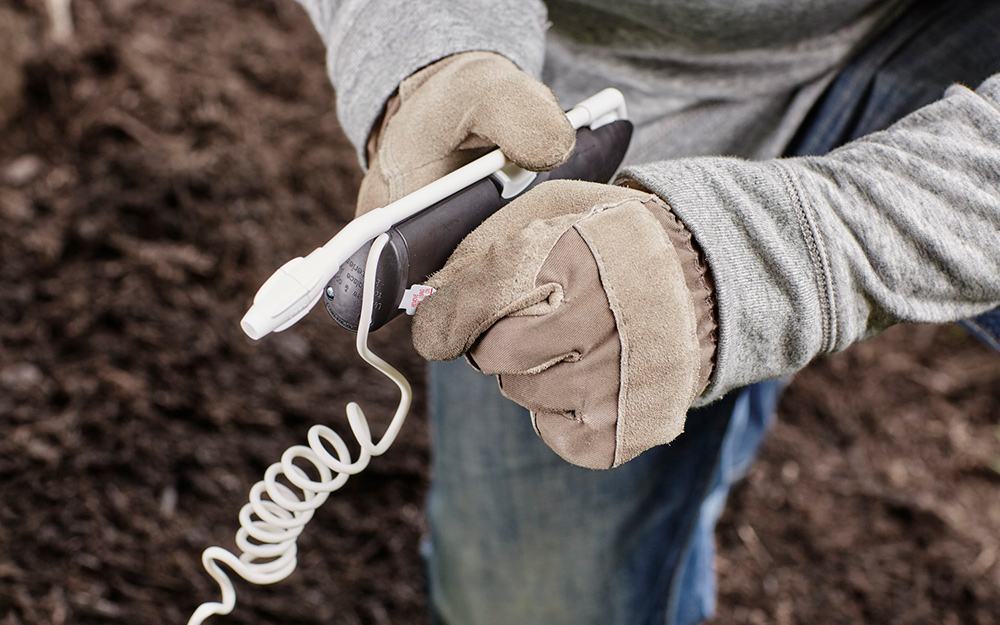
Do not toss empty pesticide containers into the trash or recycling bin. They should be properly washed before you dispose of the container. Follow these recommendations for safe disposal of pesticide containers:
- Use all the pesticides in the container.
- If you can't use it all, contact your local cooperative extension service office, state lead agency or solid waste agency to find a household hazardous waste collection program for getting rid of unwanted, leftover pesticides.
- Verify with your local extension office or state lead agency before disposing of your pesticide containers to see if there are specific regulations in your area.
- Never pour leftover pesticides down the sink, into the toilet or down a sewer drain. Municipal systems are not equipped to remove all pesticide residues–if it reaches waterways, they may harm fish, plants and other living things.
- Never reuse pesticide containers to carry or store other items. When empty, triple-rinse containers, sprayer or any application equipment with water.
- Dispose of diluted rinse water in the same areas you've previously sprayed.
- Do not pour rinsed water down the drain.
- Dispose of the container or recycle the rinsed-out containers.
The Home Depot has a variety of pesticide storage solutions to fit your budget and needs. If you want to know more about what's in pesticides, use The Home Depot Mobile App to identify the pesticides you need, then read up on the chemicals listed.



